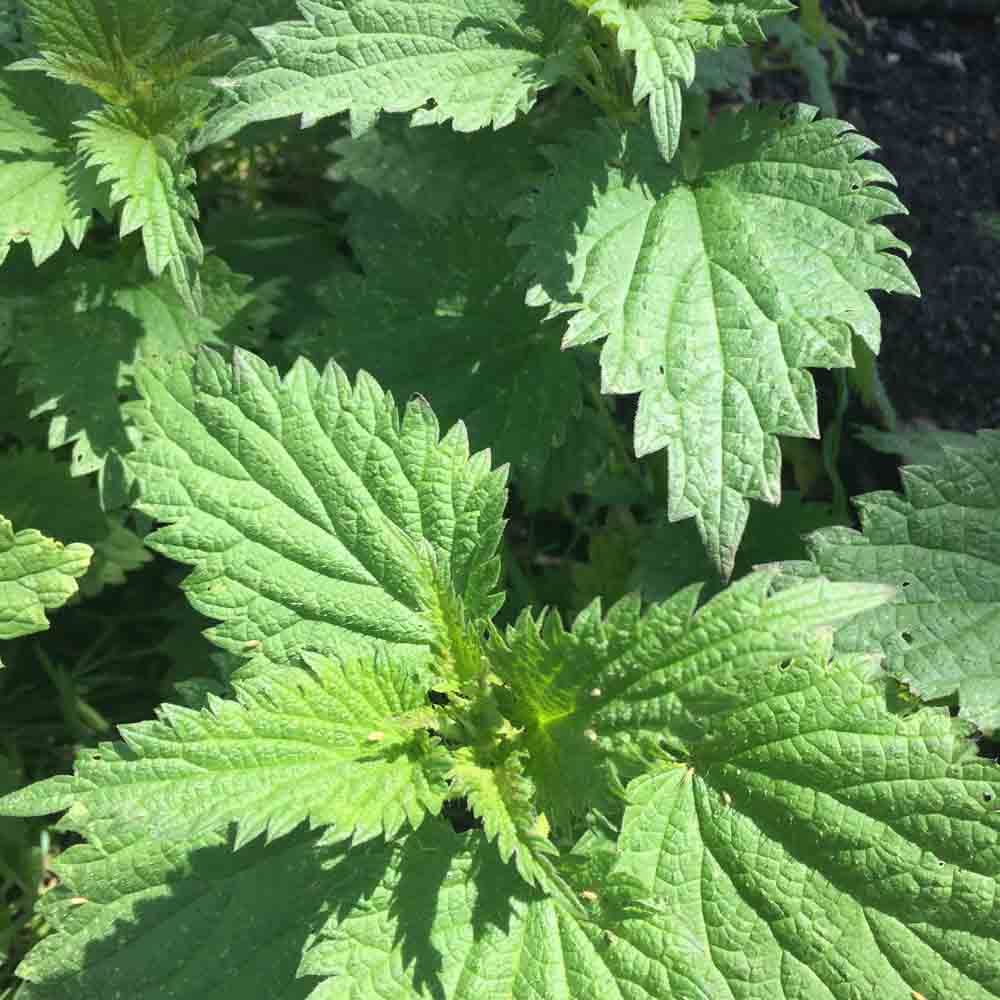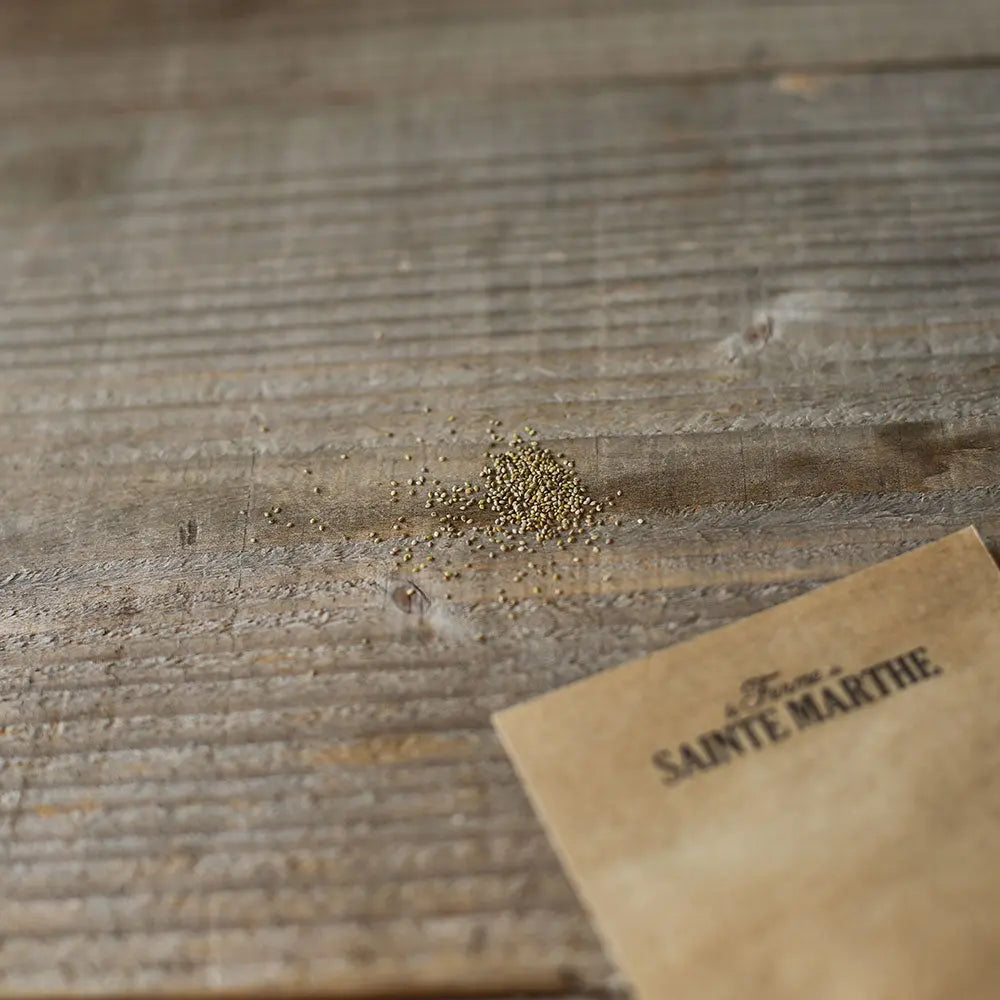DIOIC NETTLE AB
Urtica dioica
Stinging nettle is a perennial plant from the Urticaceae family that can reach 50 cm to 1 meter at maturity. Stinging nettle, also called common nettle, can be used cooked as a vegetable, especially in soup. It is found in many recipes, from country cooking to the tables of great Michelin-starred chefs. An excellent green vegetable, it provides protein, iron, and vitamins. Stinging nettle is also a medicinal plant, used since time immemorial in natural remedies. It has tonic, purifying, diuretic, and anti-inflammatory properties. Stinging nettle is a recognized plant that is easy to grow; it thrives in nitrogen-rich soils and grows in areas considered uncultivated. Nettle is a soil improver, which cleans the soil where it grows, ridding it of excess phosphates and nitrates. But its interest in the garden comes mainly from the fact that it is used in the composition of the famous nettle manure. In maceration, stinging nettle has fungicidal, growth-activating, fertilizing, insect-repellent properties, it increases the resistance of treated plants to diseases and pests, etc. Its many medicinal, culinary, and horticultural uses make nettle an essential plant to have on hand. Keep a small corner for sowing it in the garden! Tip: Grow nettle in large pots or planters to prevent it from spreading and becoming invasive. Sowing: Sheltered in spring, in a terrine lightly covered with good potting soil. Cover the seeds with 1/2 cm of potting soil. Keep the potting soil moist without being soggy until germination. Germination should take place in a warm (23°C minimum) and dark place. Germination occurs within 15/20 days. Direct sowing is possible in fresh, rich soil. Transplant, when frost is no longer a risk, into soil rich in well-decomposed organic matter. Plant 30 cm apart in all directions, in a partially shaded position. Water well.









